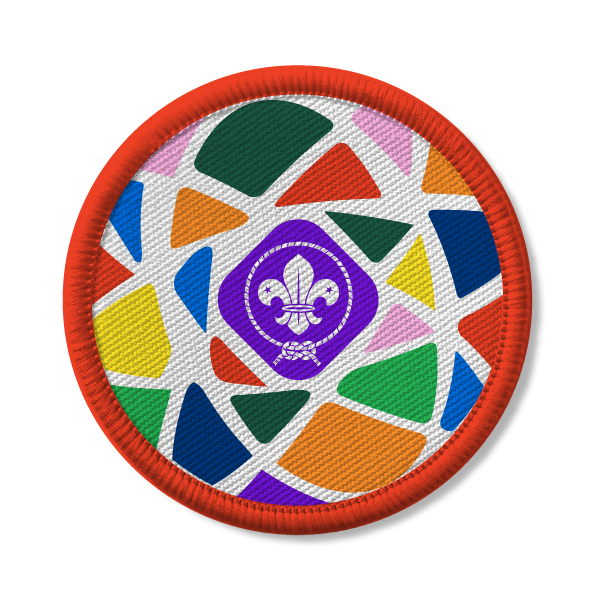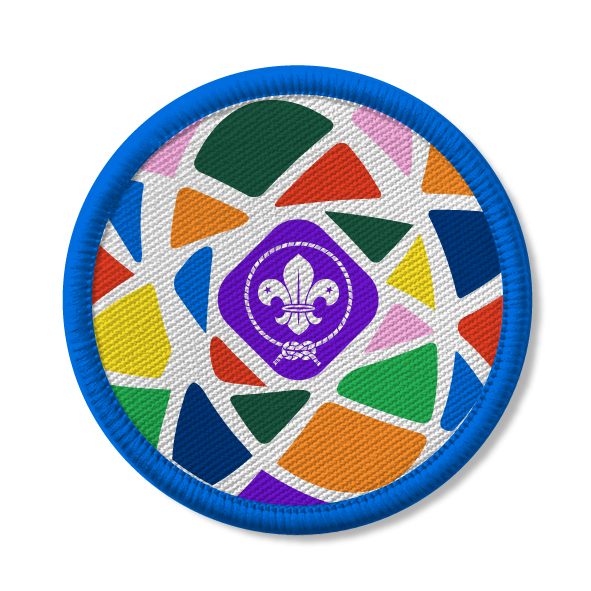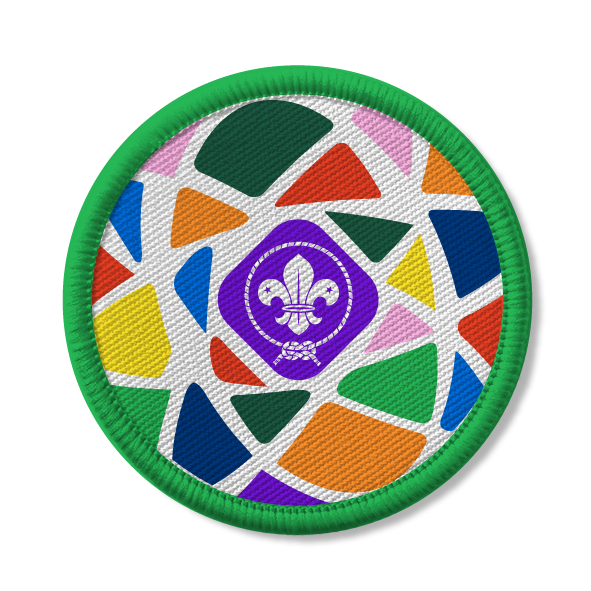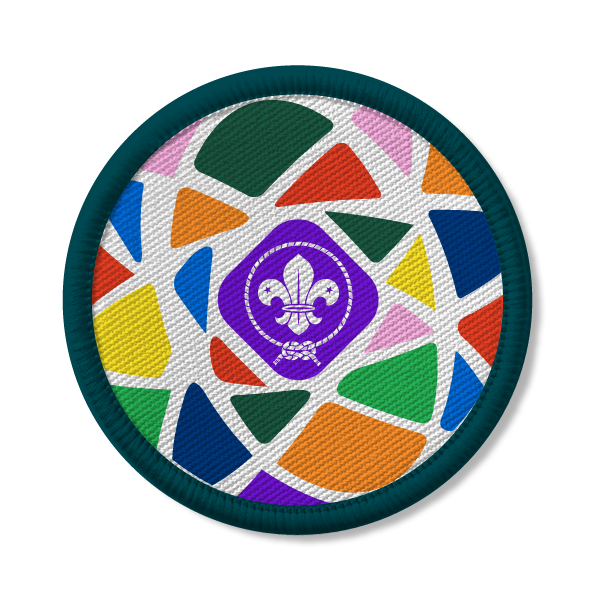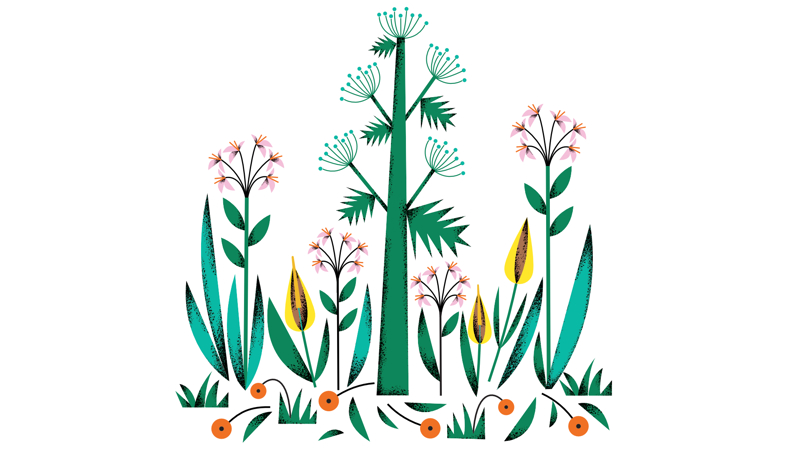
Learn about native and invasive plant species
You’ll need
- Stopwatch or phone
Before you begin
- Use the safety checklist to help you plan and risk assess your activity. There's also more guidance to help you carry out your risk assessment, including examples.
- Make sure all young people and adults involved in the activity know how to take part safely.
- Make sure you’ll have enough adult helpers. You may need some parents and carers to help if you’re short on helpers.
Planning this activity
- Some invasive plant species can be really dangerous, so it’s important to do some research about the different plants in your area before you get stuck into this activity. You could chat to some local experts or ask them to come along to help with your session.
- You’ll need to get some ID cards to help everyone identify the different plants. You could use this great example from Natural History Book Service. Or, you may want to find other examples online to print or share on mobile devices.
- Mark out a playing area so everyone knows the boundaries of where they can go.
Chat about plants
- Gather the group together and ask everyone why they think plants are important. Does anyone know the difference between native and non-native plants? People might say things, such as we rely on plants for food, water, medicine and even the air we breathe. They help provide animal habitats, take in carbon dioxide, help with air pollution and help with soil quality.
- Explain that non-native plants called invasive species can sometimes have a negative impact on their environment if they’re not carefully controlled. You could share some of the information on ‘Non-native invasive species’ from this page.
Play Plant Protectors
- Tell everyone you’re going to play a game called Plant Protectors and everyone will play different plants. The game will show the effect of non-native invasive plants and help everyone understand what they can do to help.
- Choose some people to be the invasive species - you may want something to identify them with, such as a necker.
- Everyone else will be native species.
- When everyone’s ready says ‘Go!’ and everyone should run around the space for 2 minutes.
- The invasive species should try to tag the native species.
- If an invasive species tags a native species, the native species should freeze and put their arms in the air. After 10 seconds, the tagged native species should become an invasive species too. They should put a necker on too, then try to tag any remaining native species.
- At the end of the game, gather back together and ask everyone how long it took for the invasive species to take over. Why do people think the invasive species was able to take over? How might people be able to limit the spread of the invasive species?
- Tell everyone that the more invasive species there are, and the longer they’re present, the greater the impact that they have.
- Explain that everyone will play again for 2 minutes. This time, they’ll play with double the number of people beginning as invasive species. Before they start playing, everyone should guess what will happen.
- Play the game again, then gather together and talk about whether their predictions were right.
- Explain that everyone will play one more time for 2 minutes. This time, some people will be protectors. They could wear something else to identify them.
- This time, if a native species is tagged, they should freeze, put their arms in the air, and count backwards from 10. If they reach zero, they become invasive, just like in the previous rounds. However, if a protector tags them before they reach zero, they go back to being a native species and can carry on running around.
- Once everyone’s finished playing, they should compare the different rounds. What difference did the protectors make? There should be more native species left in the round with the protectors.
- Explain that everyone can take action to help protect native species. People can learn to identify invasive non-native plants, what to do to help, and how to report them. You could share examples of different native and non-native invasive plants your area.
- You can look up some examples, or see some of the information in ‘Non-native invasive species’ on this page. Some plants, like giant hogweed, can be really dangerous, so it’s important you work with experts if you’re completing any practical conservation work.
Non-native plants are plants that live outside their natural range. They’re usually introduced by people, as they’re not native to the UK. Most non-native plants are harmless, but 10–15% of non-native plants become invasive plants that can harm the environment. Invasive species compete with native species for food and habitat, and some carry diseases that harm local wildlife. Plants can be invasive because there’s no natural control mechanisms, because they spread really fast, or because they suppress other species by competing for resources.
Non-native, invasive plants can:
- Outcompete native plants by changing the habit or spreading so rapidly that they crowd out slower growing species, threatening their long-term survival.
- Harm native plants by spreading pests and plant diseases, and competing for space, light, nutrients and water. This has a wider impact on other species which rely on native plants, including birds, butterflies and other insects, and could threaten the survival of rare plant species.
- Change ecosystems and habitats and have other effects like reducing water flow leading to flooding. They can also change the pH (how acidic something is) or the chemical composition of the soil, or lock up nutrients.
- Take a long time to become invasive. Many of the plants now considered invasive have been growing in the UK for over one hundred years and for much of that time showed no sign of becoming a problem.
- Be expensive to get rid of. It is also very costly to restore degraded habitat, if it can be done at all.
Some examples of non-native invasive species include:
- Japanese knotweed
- Giant hogweed
- Himalayan balsam
- Rhododendron ponticum
- New Zealand pigmyweed
- Floating pennywort
- Floating water primrose
Reflection
This activity was all about getting out and learning more about the local environment. Did anyone learn anything new during this activity? Did they find any species of plants that they didn’t know about before? Maybe they hadn’t heard about some of the invasive plants before.
Plants are really important; people rely on them for food, water, medicine and even the air they breathe.
It’s important to think about some of the negative impacts of different species being introduced by humans.
Can anyone think of some different ways that humans might have introduced invasive plants to the area? Quite often it’s by accident!
To finish, think about what practical action everyone can take to become a real life plant protector and how they can help reduce the damage of non-native invasive plants.
Share some ideas with the group – people could report any invasive plants you find, or plan some practical action to improve their local environment.
Safety
All activities must be safely managed. You must complete a thorough risk assessment and take appropriate steps to reduce risk. Use the safety checklist to help you plan and risk assess your activity. Always get approval for the activity, and have suitable supervision and an InTouch process.
- Outdoor activities
You must have permission to use the location. Always check the weather forecast, and inform parents and carers of any change in venue.
- Gardening and nature
Everyone must wash their hands after the activity has finished. Wear gloves if needed. Explain how to safely use equipment and set clear boundaries so everyone knows what’s allowed.
- Active games
The game area should be free of hazards. Explain the rules of the game clearly and have a clear way to communicate that the game must stop when needed. Take a look at our guidance on running active games safely.
- Contact games and activities
Make sure everyone understands what contact is acceptable, and monitor contact throughout the activity.
- To make this activity easier, try out Noughts and crosses relay. You can divide your group into native and invasive non-native teams. Instead of using cones, you could print images or names of different plants relevant to their invasive or native team.
- Make sure to think carefully about the location you choose for this activity, so that it’s accessible for your whole group.
All Scout activities should be inclusive and accessible.

